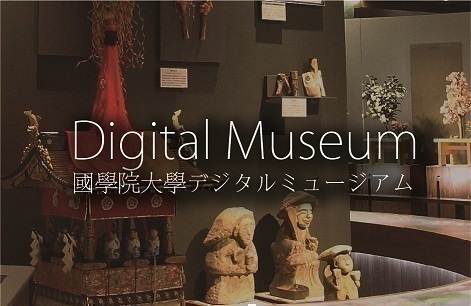- トップ
- Encyclopedia of Shinto
- Ontake Shinkō
Encyclopedia of Shinto
| Main Menu: | |
| Links: |
詳細表示 (Complete Article)
| カテゴリー1: | 6. Belief and Practice |
|---|---|
| カテゴリー2: | Mountain Beliefs and Practices |
| Title | Ontake Shinkō |
| Text | Beliefs and practices associated with Mt Ontake in Kiso (Nagano Prefecture). It is a mountain cult chiefly supported by confraternities (kō) and religious organizations (kyōkai). It is not clear when Ontake began to be considered a sacred mountain but from the fact that it was of old called Ō no mitake ("The Monarch, Mitake"), it can be inferred that it was related to the Mitake cult of Kimpusen at Yoshino of the Heian period. It is thought that by the Kamakura period Ontake was revered as a provincial guardian by local shugenja influenced by Kumano and Yoshino: medieval saimon (statements read before the kami during rituals) owned by Ontake Jinja in the village of Ōdaki and founder legends record that buddhas and kami associated with Kumano and Ōmine were revered, and in the Shin sarugaku-ki (Fujiwara Akihira, 1058-65), Ontake is listed together with Tateyama and Hakusan as a place where Shugendō was practiced. From the middle of the Muromachi period pilgrimage to the mountain took place after seventy-five days of strict purification practices (kessai) by the dōja (people from villages at the foot of the mountain), and faith in the mountain was supported also by the local ruling Kiso family. For a long time the circle of support was limited to the Kiso valley, but from the seventeenth century the number of pilgrims began to increase. This was in part related to the rise in popularity among the masses for pilgrimage in the Edo period, and also: the simplification, devised by a gyōja called Kakumei from Owari, of how pilgrimage to the mountain was undertaken; the overcoming of the opposition of the Takei shrine-priest lineage of Kurosawa, who held the ritual rights for the mountain; the encouragement of ascent from Kurosawa with the 1728 substitution of the seventy-five days of strict purification with a simplified form based on water ablutions (misogi); and the provision of mountain paths. In 1798 the Edo shugenja Honmyōin Fukan opened a route for ascent from Ōdaki and carried out extensive propagation of the cult in Edo and northern Kantō. As a result, a great many confraternities were formed. After his death his followers continued to expand Fukan-lineage confraternities all over Kantō. In addition, sacred mountains connected with the Ontake cult, such as Hakkai, Hotaka and Ryōgami, developed locally over an area from northern Kantō to Niigata. The reason for the expansion of the influence of the confraternities was due to shamanic practices called oza, which were yorigito rituals similar to those performed by shugenja to call the kami into the body of a medium, and propagation activities that promised that the soul of the believer would be drawn to Ontake after death. The cult spread rapidly. In the Chūbu area, Kono Kazaemon worked to restore the confraternity known as the Kakumeikō, and many powerful confraternities grew up in the Hirano district. By the 1860s there were around five hundred large and small confraternities scattered around the country, and even after the beginning of the Meiji period the cult continued to expand. However, in order to weather the religious policies of the Meiji government, local confraternities began coming together to form a religious sect and Ontakekyō came into existence in 1882. Some of the confraternities allied themselves with other of the Shintō sects, such as Shintō Shūseiha and Shinshūkyō. Today some Ontake confraternities are affiliated with Ontakekyō or its offshoots Ontakesan Taikyō and Kiso Ontake Honkyō, while others are attached to prewar Shintō sects such as Shintō Taiseikyō, Shinshûkyō, Shinrikyō and Shintō Shūseiha, or to Shugendō groups in, for example, the lineage of the Tendai Jimonha. Even now more than one million pilgrims visit Mt. Ontake each year and the cult remains extremely active. The influence of Shugendō was considerable in the process of the formation of the Ontake cult, which still retains many vestiges of kami-buddha combination. However, while some of the Ontake practitioners who lead the confraternities can be considered a kind of shugenja, there are also many who exhibit a strong element of folk shamanism. In recent years some confraternities have been influenced by the new religions; these are richly diverse in character. The cult is also influenced by folk beliefs about the mountains being the Other Realm, as exemplified by the wooden memorial tablets set up on the mountain commemorating the spirits of practitioners and believers who are thought to go there after death. It thus exhibits a unique view of the Other Realm (takaikan) and of kami and spirits. See also Ontakekyō — Nakayama Hajime |




